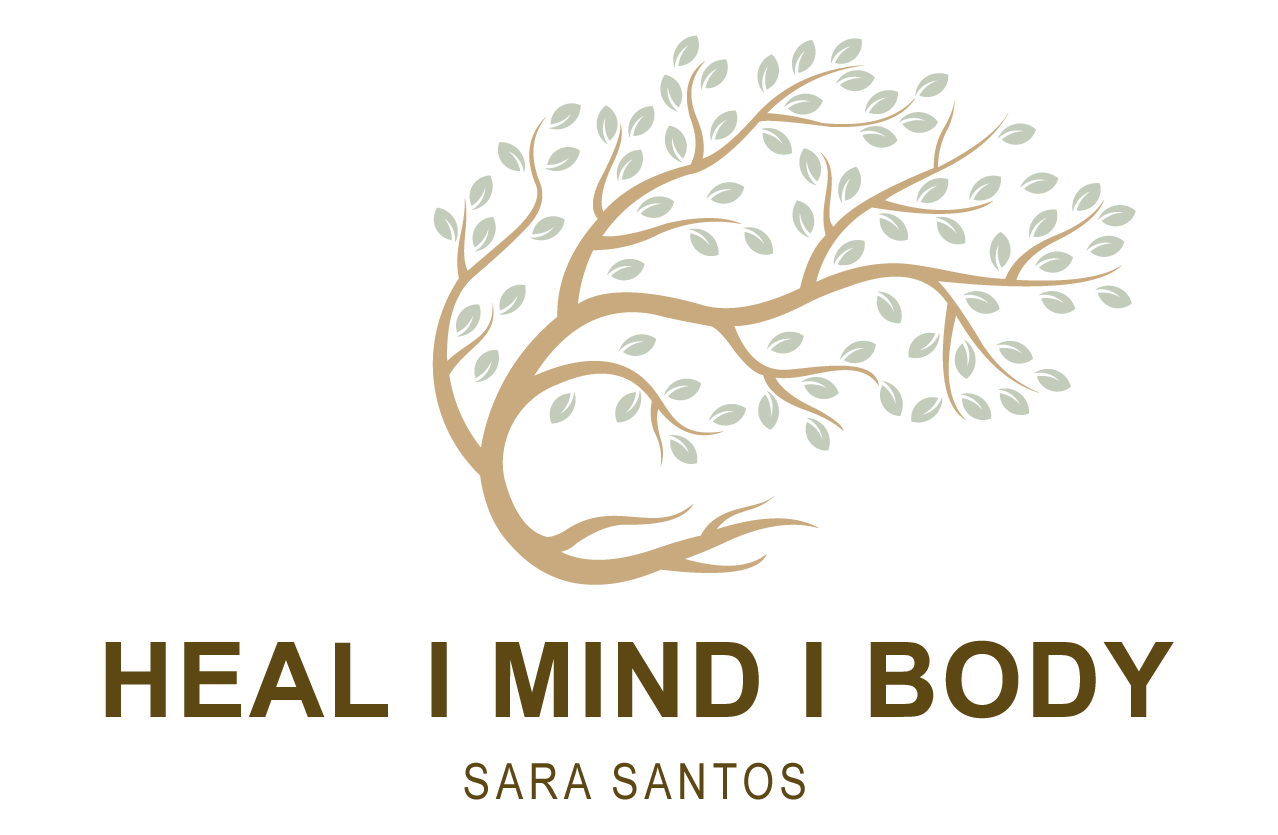Somatics is a word that holds profound meaning in my life and work. It has been transformative in my journey from chronic pain and illness to healing and wholeness. Through somatic practices, I discovered a way to reconnect with myself that was deeply impactful, and now I’m passionate about sharing this approach with others.
In today’s world, we’re often conditioned to see ourselves as separate parts: mind and body, inner and outer, mental and physical. For years, I lived with this mindset. During over decade I spent navigating fibromyalgia and other chronic symptoms, I addressed the body and the mind as though they were distinct entities. But the field of somatics challenges this separation. Instead, it offers a perspective that views us as a soma—a living, unified process where our mental, emotional, and physical experiences are interconnected.
When I work with individuals experiencing chronic pain, trauma, or other health challenges, the goal isn’t to fix fragmented parts of their experience. Instead, I guide them back to a sense of wholeness that has always existed within them. Through somatic practices, we cultivate this wholeness, helping them reconnect with their body’s natural wisdom and capacity for healing.
The Power of Somatic Practices
Somatics provides more than just relief from pain or stress—it offers a deeply personal kind of knowledge. By tuning into our internal world, we shift from reacting to life’s challenges to responding with intention and autonomy. This creates a sense of embodied freedom, allowing us to move through life with clarity and resilience.
What’s even more remarkable is that growth and change through somatics aren’t limited to any particular age or stage of life. These practices help us adapt and thrive, no matter where we are in our journey.
For me, somatic work became a cornerstone of my healing when I began to integrate my mind and body, not just conceptually but in practice. While I’ve always been aware of my body, it was only through somatic approaches that I started experiencing real shifts in my recovery from chronic pain.
A Simple Practice to Try: The “Soma Check-In”
Here’s a gentle exercise you can use to connect with your soma and begin cultivating self-awareness:
- Find a quiet space. Sit or lie down in a comfortable position and bring your attention to your breath.
- Notice what’s happening. Use this prompt to start:
- “In my body, I’m noticing [sensation], and I’m experiencing [emotion].”
- Allow it to be. Let the sensations and emotions simply exist. Resist the urge to analyse or change them. Just observe.
This simple shift in language helps differentiate between thoughts, sensations, and emotions, allowing you to reconnect with your body’s natural rhythms and wisdom.
Why This Matters
Somatics teaches us that healing is not just about eliminating pain—it’s about cultivating an ongoing relationship with ourselves. It’s about learning to live with greater presence, intention, and a sense of choice.
I’d love to hear how this practice feels for you. What does somatics mean to you? Let me know in the comments or reach out to share your experience!

